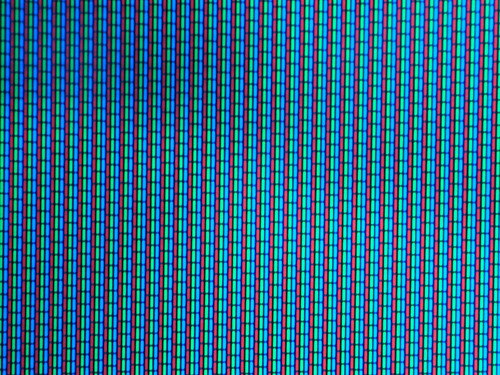
What’s the difference between CMYK and RGB color modes?
This is a common question faced by new digital designers and those that have ever worked with a printing company. Though there’s a lot of science involved, I’m primarily going to stick with a general answer.
First, let me flex my art-nerd muscles…
When you were in school, you probably learned that mixing colors like Red and Blue will give you a different color (Purple). Artists have known this for centuries, and dubbed this “Subtractive color mixing”. The “Subtractive” part comes from the fact that adding colors will absorb wavelengths of light and reflect others. Mixing the primary colors of Red, Blue, and Yellow can yield just about every color in the spectrum. If we throw in black and white, then you can get tints and shades of those colors.
CMYK acts in the same manner. The colors of Cyan, Magenta, Yellow and Black are the least number of colors printers can use to give you the most range of colors. Therefore, when you want to have something printed, be sure it’s in CMYK color mode. If you happen to have a magnifier handy, look at a color picture in the newspaper. You'll be able to see each individual dot of color ink.

In the last few centuries, scientists have understood light and how it can be broken into different wavelengths. A fun science experiment is to get three flashlights and cover each with a Red, Green, and Blue transparent film. If you go into a dark room and shine the spotlights onto a wall, the colors will mix together. Instead of becoming darker, the colors actually become lighter! This principal is known as “Additive Light mixing.” (As a side note, look up the work of James Clerk Maxwell. It’ll blow your mind.)

If you get real close to your computer or TV screen, you’ll notice that there are thousands of little Red, Green, and Blue dots. Those screens are emitting light, the same way the flashlights are. It just so happens that Red, Green, and Blue are the least number of colors needed to produce the entire spectrum of colors. Changing the intensity of each will give you tints and shades of each color. When you are creating a document for the web or TV, make sure it’s in RGB mode. Most scanned images are automatically in RGB mode.

The thing to remember is that if you ever create a document in RGB, then convert it to CMYK, some of your colors will automatically become dull. This happens because a computer screen can “mix” more colors than a CMYK printer. The image below shows how drastically different an RGB blue would print on a CMYK printer.

Additionally, if your screen colors and your print colors are WAY off, then you may need to calibrate your monitor and printer. This can be done with software and special devices called Monitor or Gamma calibrators.
 TIP – in Photoshop, if you ever see a little triangle alert symbol next to your color swatch; that means you’ve picked a color outside the CMYK gamut. Clicking on the symbol will automatically correct it for CMYK.
TIP – in Photoshop, if you ever see a little triangle alert symbol next to your color swatch; that means you’ve picked a color outside the CMYK gamut. Clicking on the symbol will automatically correct it for CMYK.That’s all for today. Thanks for everyone who comments! I hope to have more tutorials up soon.
--Ben

Unknown so if your design is to be printed on paper or a t-shirt, it should be in CMYK?